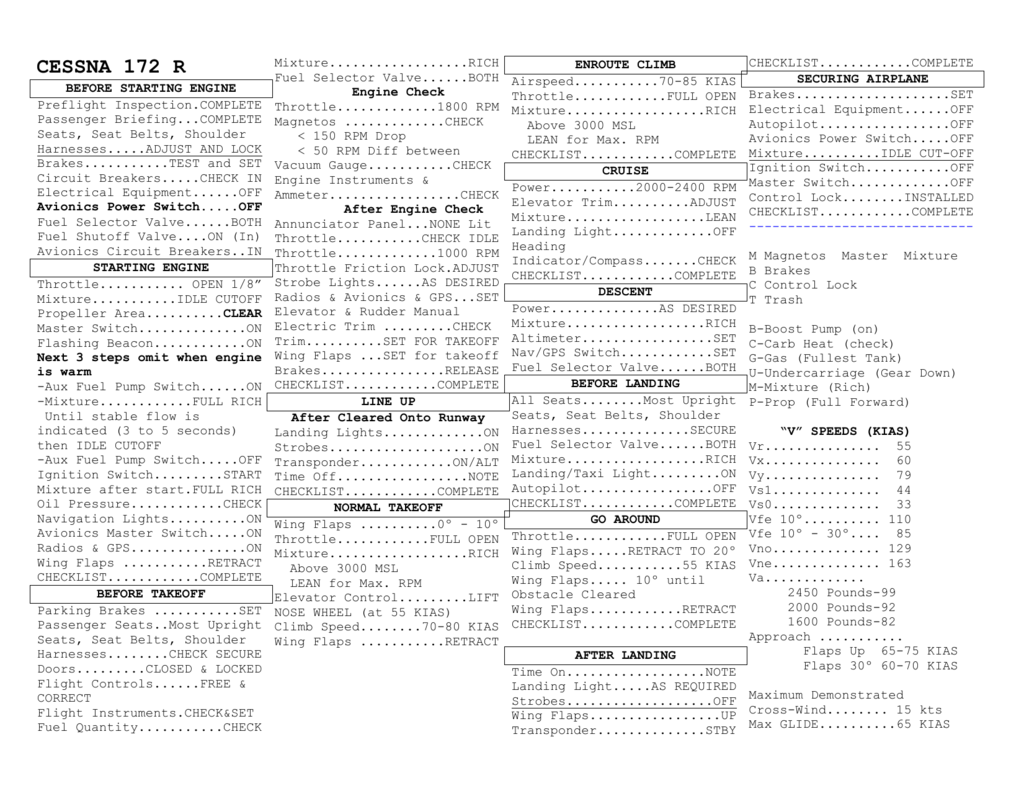

If you're less than MGW, convert that MGW stall speed to actual weight stall speed using the square root relationship: Vs0 determination starts with the stall speed table of your owner's manual/POH (e.g., C172P at MGW with full 30 flaps is 46 KCAS). As noted above, the best thing to do is run the numbers to determine Vs0 CAS at your actual gross weight, multiply that by 1.3, and then convert that from CAS to IAS. What you use in a 172S with 30 flaps at full 2550 MGW is significantly different than what you'd use in a 172A with two aboard, half fuel, and 40 flaps.

I don't think he kept flying after that.ĭepends on the 172.

Then he gets out his pocket phone and calls in a motor vehicle accident, because he knew that everyone knew that he was flying and he didn't want the world to know that he had screwed up. The only time I ever saw anyone wreck a plane on his first solo was a local police chief who let his pride keep him on a bad approach. Get some air between you and the ground, and try again. You're probably going to see another runway stripe go by before touchdown - the only thing that counts is HOW you touch down, and how well you're lined up on the runway.Īlso, if you think you're getting into trouble, ABORT THE LANDING. Fly no faster than the airspeeds that work with the CFI aboard, and no slower than 1/3 of the difference between that airspeed and stall - that is, if your stall speed were 50 IAS, and you are at 65 over the fence with the CFI aboard, you want to be between 60 and 65 over the fence when solo.ĭon't worry that you're a little long on your solo, your instructor knows that you're used to the way the bird performs with the extra "sandbag" in the right seat.


 0 kommentar(er)
0 kommentar(er)
